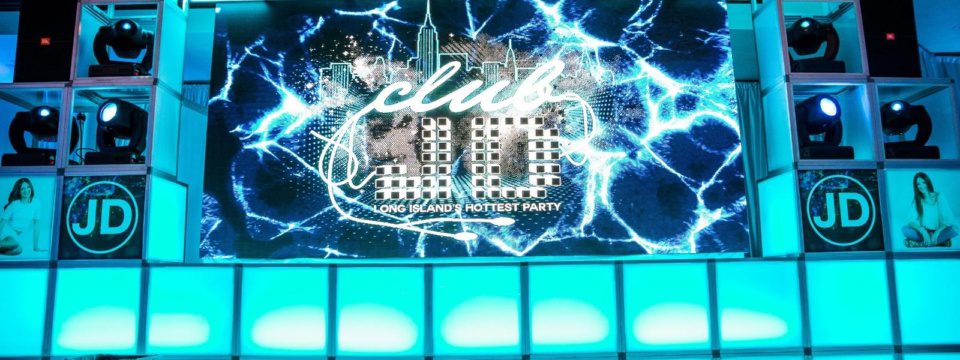Mastering Color Precision in LED Display Calibration for Stunning Graphic Displays
Mastering Color Precision in LED Display Calibration for Stunning Graphic Displays
Blog Article
Hue accuracy is essential for producing breathtaking graphic presentations, particularly when using LED walls. These large screens are commonly found in places like concert venues, sports arenas, and promotional billboards. When the colors on an LED screen are not correct, the visuals can look dull or distorted, which can affect the overall experience for viewers. Therefore, mastering color accuracy in LED screen tuning is vital for achieving vibrant and true-to-life visuals.
The first step in ensuring color accuracy is comprehending how LED systems works. LEDs, or light-emitting diodes, produce light in multiple colors by mixing red, green, and blue (RGB) light. Each pixel on an LED screen consists of these three hues. When tuned correctly, the combination of RGB can create a broad range of hues. However, if one color is too bright or too dim, it can throw off the whole screen. This is why calibration is needed to equalize the hues and reach the intended graphic effect.
Tuning involves modifying the configurations of the LED wall to make sure that the hues displayed correspond the original content as closely as feasible. This process typically includes using specific software and hardware instruments. Technicians often use color measurement devices, such as spectrophotometers, to examine the hues being displayed. By comparing the assessed colors to benchmark color standards, they can make precise adjustments. This ensures that the colors are not only lively but also consistent across the whole screen.
Another crucial aspect of color precision is comprehending the environment in which the LED wall is employed. Elements such as surrounding light can significantly look at more info affect how colors look. For instance, a brightly illuminated room may wash out hues, making them look less vibrant. To mitigate this, technicians may modify the luminosity and differentiation settings of the LED wall. Additionally, they may select specific color settings that are better appropriate for various lighting environments. This flexibility helps maintain color precision regardless of the observing surroundings.
Ultimately, routine upkeep and recalibration are essential for keeping an LED screen looking its finest. Over time, the performance of LEDs can change due to elements like degradation and temperature fluctuations. Regular inspections and modifications can help ensure that the colors stay accurate and vibrant. By committing time in appropriate calibration and upkeep, venues can provide viewers with breathtaking visual displays that enhance their total impression. Mastering color accuracy in LED screen calibration is not just a technical job; it is an expertise that contributes to the wonder of graphic storytelling.